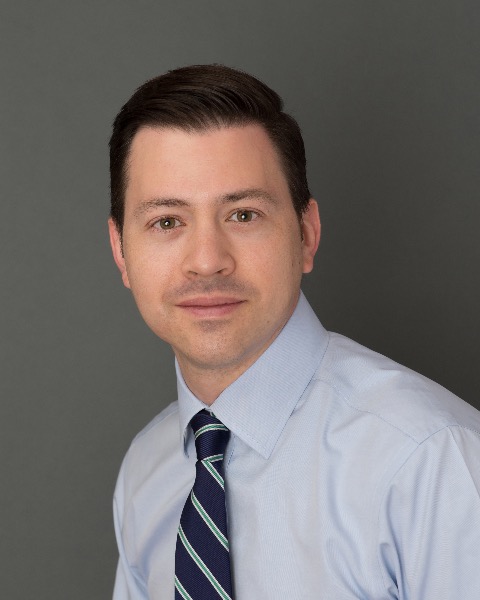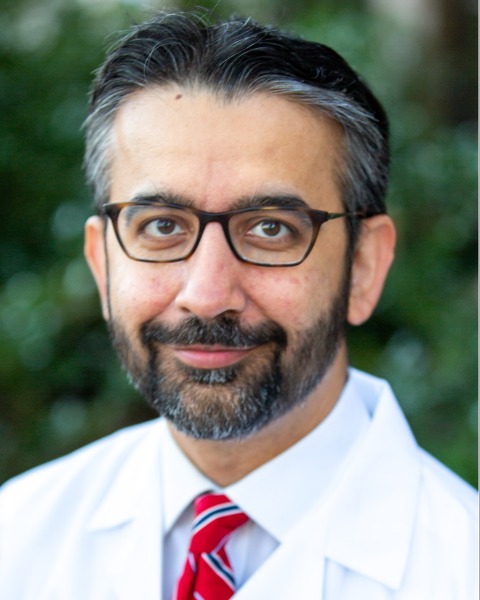Interventional Oncology
Histopathological Analysis After Transarterial Radioembolization with Yttrium-90 Resin Microspheres

Muhammad Mohid Tahir, MD (he/him/his)
Postdoctoral Research Fellow
Beth Israel Deaconess Medical CenterDisclosure(s): No financial relationships to disclose
- AA
Aamir Ali, MD (he/him/his)
Interventional Radiology Resident
UT Southwestern Medical Center - IN
Imad A. Nasser, MD
Assistant Professor of Pathology
Beth Israel Deaconess Medical Center 
Jeffrey Weinstein, MD, FSIR
Assistant Professor of Radiology
Beth Israel Deaconess Medical Center- MA
Muneeb Ahmed, MD, FSIR
Professor of Radiology
Beth Israel Deaconess Medical Center/Harvard 
Ammar Sarwar, MD FSIR (he/him/his)
Associate Professor of Radiology
Beth Israel Deaconess Medical Center
Presenting Author(s)
Author/Co-author(s)
To identify effects of transarterial radioembolization (TARE) with Yttrium-90 resin microspheres on histopathological analysis.
Materials and Methods: All patients who underwent TARE to any liver tumor followed by a resection were included in this retrospective, IRB approved study (n=26). TARE was performed using 3-day pre-calibration Y90 resin microspheres followed by SPECT/CT or PET/CT. Pathologic analysis was performed by a board certified pathologist with 34 years of experience. Degree of response was recorded as percentage of nonviable tumor, (either due to necrosis or fibrosis) and number of beads were counted on 5X zoom in tumor and normal liver. Three separate regions of the tumor were assessed, with the average being reported. Extensive response was defined as > 90% of tumor being nonviable. Continuous variables are reported as median with interquartile range and categorical variables as numbers with percentage. One patient without pathologic analysis was excluded (final cohort = 25).
Results: Median age of the patients was 68 years (60-70, 64% male), with 14 (56%) patients having intrahepatic cholangiocarcinoma, 10 (40%) having hepatocellular carcinoma, 1 (4%) metastatic colorectal carcinoma. MIRD dosimetry with a target dose of 150 (120-200) Gy was used in 19 (76%) of patients, partition dosimetry with a target dose of 200 Gy in one patient, and BSA in 5 (20%). A median activity of 1.7 (1.1-2.1) GBq was delivered. Resection occurred 110 (74-162) days after TARE. Pathologic analysis revealed a response rate of 90 (60-95) %, with 100% response in 4 (16%), 90-99% response in 9 (36%), 50-89% response in 10 (40%), and < 50% response in 2 (8%) of patients. Patients with a prescribed dose of > 180 Gy had a 67% rate of extensive response, compared to 38% in patients prescribed < 180Gy or BSA dosimetry (p = 0.18). On 5x zoom, tumoral region received 87 (53-115) beads compared to 20 (10-30) beads received by normal liver (p < 0.01). Patients receiving >90 beads in the tumor had a 67% rate of extensive necrosis, compared to 38% in those receiving < 90 beads. Achieving stasis was associated with a higher degree of fibrosis (49%) compared to antegrade flow (5%, p < 0.01), whereas antegrade flow was associated with a higher degree of necrosis (45%) compared to stasis (30%, p = 0.04).
Conclusion:
TARE with Yttrium-90 resin microspheres is associated with extensive response in a majority of patients, while suggesting that a higher dose leads to a higher number of particles in the tumor, thus leading to a higher rate of extensive response.

.jpg)
.png)
.jpg)
.png)
.png)
.png)
.png)
.png)
.jpg)